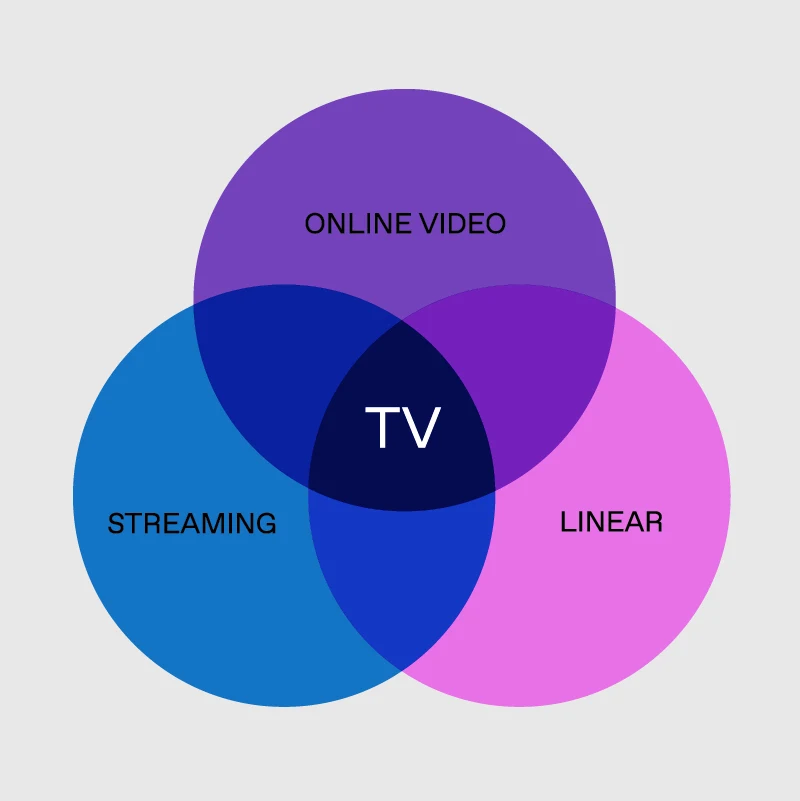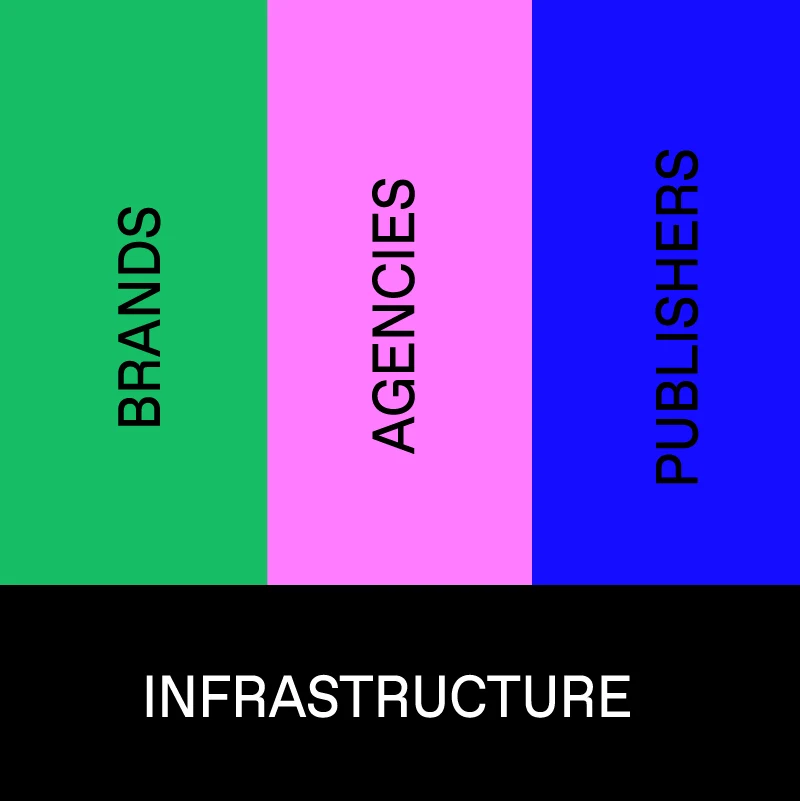
Breaking Down Convergent TV with LiftLab
In the latest episode of Curve Your Enthusiasm, Philip Inghelbrecht, CEO and Co-founder of Tatari, sits down with Jon Lorenzini, Vice President of Marketing Science & Product Marketing at Liftlab, and John Wallace, Founder and CEO of Liftlab.
Their discussion touches on the importance of complexity in TV advertising measurement, how to reach a large audience and create brand prestige, and the need to understand saturation and scrutinize media performance to increase ROI. Watch the full video below to learn more.
The Current State of TV Advertising and the Rise of TV Streaming
People are watching more television today than ever before. Philip points out that this trend is driven by improved access to high-quality content and the convenience of on-demand viewing. Viewers in the past were limited to only a few channels that broadcasted shows or games at specific times. With thousands of linear and streaming channels available, viewers have unprecedented convenience and choice, increasing both viewership and overall satisfaction. Due to this, now is the ideal time for brands to advertise on TV.
Philip notes that the line between linear and streaming is starting to blur and shares the example of Thursday Night Football on Amazon. Which one is it? People are tuning in at the same time (linear) but it is delivered over IP (streaming). It's clear that more content will be offered this way on streaming platforms.
TV Advertising, Measurement, and Metrics for Small Brands
The cost of entry into TV advertising was previously higher than today’s. The emergence of added platforms like Tatari have decreased the barrier to entry through direct media execution. Philip notes that many brands can now launch a TV advertising campaign with a budget of around $10,000.
The question is posed: What metrics do big brands measure compared to small brands? Is it different for Brand vs Direct Response? Many brands come to TV with “digital” key performance indicators (KPIs), such as customer acquisition costs or return on ad spend. While paying attention to such metrics matter, the best TV advertisers grasp both the direct response component of a campaign and the brand-building objectives. TV has massive scale and can go beyond just finding customers who are in-market for your product today. For those looking to build brand awareness, Reach and Frequency are much more important metrics to pay attention to, alongside MMM through providers like LiftLab.
What Makes Tatari Different
Brands and agencies come to Tatari because they can launch TV campaigns on both linear and streaming, not just one. Because they can use the Tatari platform to buy inventory directly from publishers (and not solely via programmatic), they enjoy lower CPMs. About 50% of those that use Tatari’s platform do so on a self-serve basis, while the remaining choose the optional managed service where they have a dedicated team to help them manage and optimize campaigns.

Hooman Javidan Nejad
I’m Director of Growth Marketing at Tatari and I’ve mastered the art of baking artisan sourdough bread.
Related
As Linear’s Definition Gets Muddier, It’s Time to Talk ‘Convergent TV’
Are you caught in the debate over what constitutes streaming versus linear TV? Our latest blog dives into the blurred lines of the two advertising channels, advocating for a single categorization of convergent TV.
Read more
How to Budget for TV in 2024
If you’re considering testing TV advertising, you must understand how the landscape is changing the latest market outlook. In our blog post, we’ll highlight key TV trends for 2024, followed by a quarter-by-quarter breakdown highlighting seasonal characteristics, key events, and budget recommendations.
Read more
Why Tatari is Building TV Ad Infrastructure
As TV and digital advertising converge, our vision is to build intelligent infrastructure that connects supply and demand partners, giving them unprecedented automation, control, and transparency.
Read more


